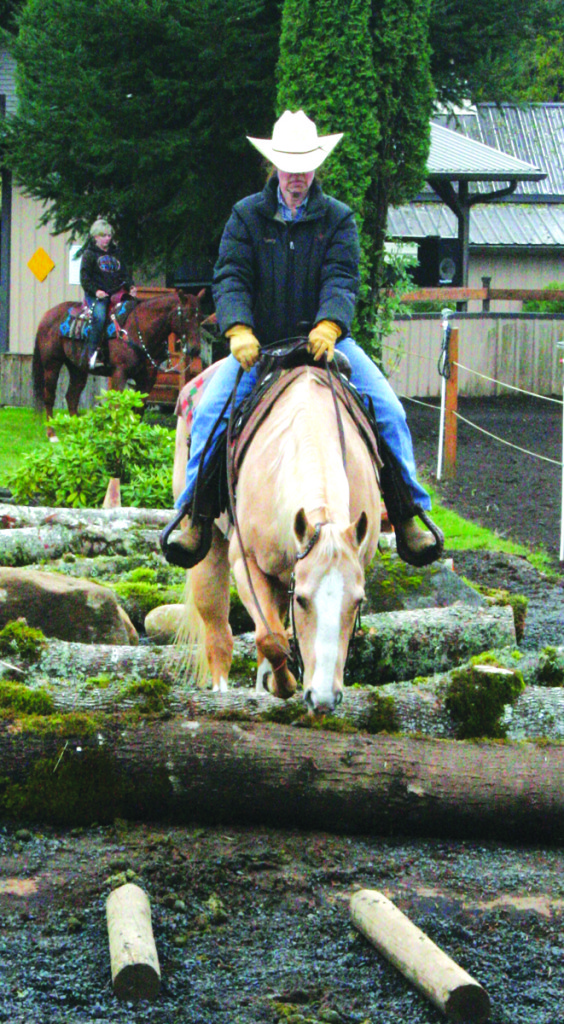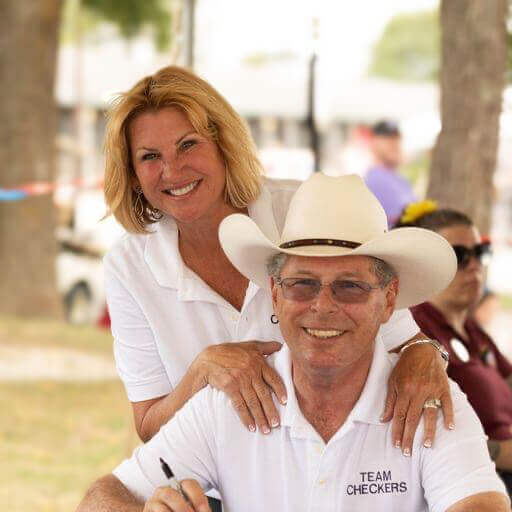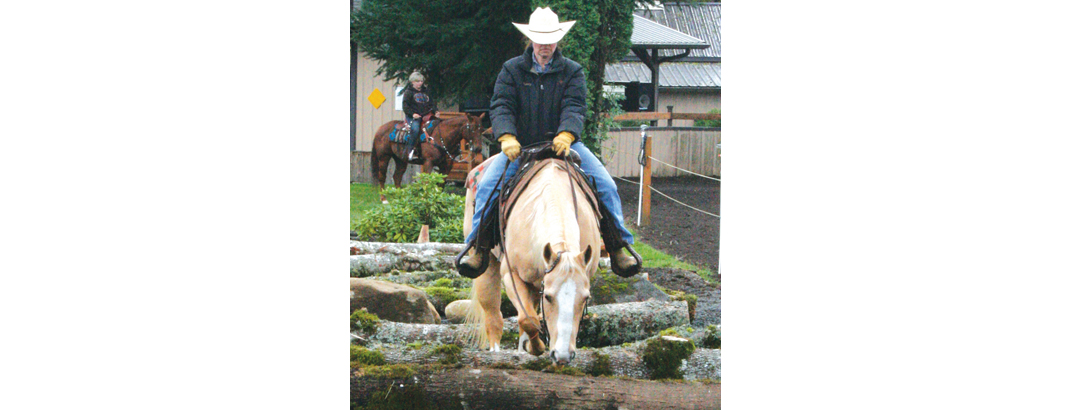Communication Is A Key To Unlock Success
by Mark Bolender

Learning to listen is anything but easy. It is a science and a gift from God. With effort, we can all learn to be good listeners. If one learns to listen to his horse, the response given by the horse can be amazing. Both horse and rider must partake in listening. The horse must be willing to listen to instructions given by the rider. The rider must communicate in a manner that is clear and understandable to the horse in order for that horse to be willing to listen. You must enter the horse’s world of subtleties and body language in order to succeed in mutual communication.
Four very simple rules run the horse world. The first rule is that the herd has a pecking order where there are no equals. It is harsh, clear, and orderly. Second, horses are natural-born followers when given a clear and consistent leader. Third, horses try to please those they perceive to be above them in the herd (this part is more of a mind game than a physical game). Fourth and finally, horses are controlled by instinct.
Equine instinct is a different type of intelligence which is beyond our comprehension or ability. It also beats, frustrates and intimidates us to the point of letting our emotions rise to the surface and hinder training. When both you and your horse are not mutual listeners, instinct begins to run the show.
The first step in establishing leadership while working obstacles from the ground is to ask your horse to complete a task without moving your feet. Whether you are asking for the horse to step over a log, onto a suspension bridge, into water, or over a balance beam, your cues will be the same. Ask for a forward response while moving your feet as little as possible. When the horse makes the slightest effort to do what it is being told, quit asking immediately. Treat them with dignity and respect by listening and reward them for listening in return.
If a horse refuses to attempt an obstacle, then it is evident that the horse does not see you as being superior. The horse’s instinct tells him that the obstacle is too dangerous or scary. Therefore, if there is no leader, there is no reason to attempt to cross it. This demands that you become a clear and consistent leader or the horse will not see you as being above it in rank. Once leadership is established, ask the horse to try again but respect the horse by listening. Is it asking for more time to think? Timing, along with the ability to read the horse, is critical when either asking for more effort or allowing the horse time to process your requests. Some clues that the horse is processing your request include nosing the obstacle, pointing his ears forward, snorting, pawing and shaking.
When we listen, have our timing down, and are clear and persistent in our request, the horse will see us as leaders and work to please us. From leadership evolves trust, which is then woven into instinct. Once leadership and trust have been established, it is amazing how small an amount of effort is needed for the horse to accomplish the tasks given. Always keep in mind that less is more when asking your horse to complete tasks. When you learn to listen, the horse will return the favor by giving you its all.
Published in February 2011 Issue

Mark and Lee Bolender own and operate Bolender Horse Park in Washington State, which houses the finest Mountain Trail course in the world. They are the founders of the International Mountain Trail Challenge Association (IMTCA) and travel worldwide as clinicians and ambassadors of Mountain Trail. Bolender Horse Park offers riders of all skill levels and disciplines a fun and challenging trail riding adventure.
Mark has designed and built Mountain Trail courses in the USA, Canada, Australia, and Europe—with many more in development. Mark uses his artistic, landscaping, horse training, and construction skills to build these courses (NW Steel Design LLC www.nwsteeldesign.com).
Mark is the author of Bolender’s Guide to Mastering Mountain and Extreme Trail Riding. Visit www.bolenderhorsepark.com to learn more.






